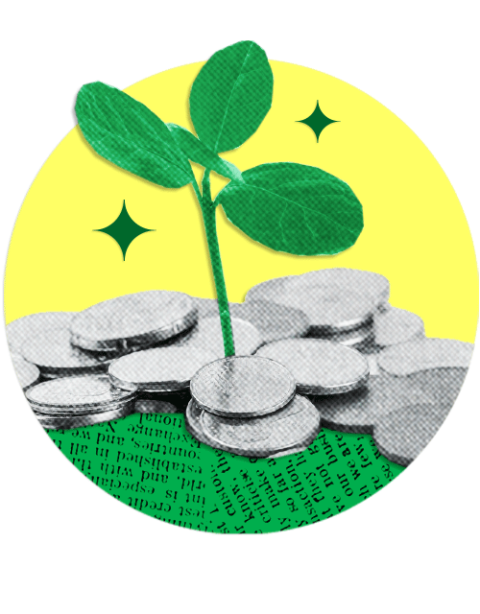Community Development Financial Institutions: What and Where They Are

Many or all of the products featured here are from our partners who compensate us. This influences which products we write about and where and how the product appears on a page. However, this does not influence our evaluations. Our opinions are our own. Here is a list of our partners and here's how we make money.
If you’re looking for affordable loans and bank accounts and haven’t had luck in the past, community development financial institutions might be able to help.
What are CDFIs?
Community development financial institutions, or CDFIs, are primarily banks and credit unions that focus on serving people in low-income communities that have historically been locked out of the financial system. Unlike other financial institutions, CDFIs rely less on credit scores when providing loans and other products and instead focus on more holistic factors and community development efforts.
In addition, they emphasize developing long-term relationships with members of the community to help them gain financial literacy, establish savings goals, build credit and access affordable loans. CDFIs can also be loan funds and venture capital funds with community-oriented missions.

A closer look at CDCUs
A community development credit union, or CDCU, is a credit union that’s a member of Inclusiv Network, a nonprofit national association for CDCUs since 1974. Inclusiv coined the term “CDCU” and started supporting mission-driven credit unions two decades before the federal government created the CDFI certification. (See a list of CDCUs.)
CDCUs share a mission similar to that of CDFIs, but “CDCUs have a broader mandate to promote financial inclusion, provide asset building tools and support the building of more inclusive, resilient and equitable communities,” said Pablo DeFilippi, executive vice president at Inclusiv Network, by email. “The CDFI certification is a measure of lending activity directed to people and populations that have traditionally had more limited access to responsible financial products and services.”
CDCUs are full-service financial institutions, and many offer first-time homebuyer programs as well as micro or small business loans. DiFilippi said that CDCUs often act as financial first responders, as they are there when their communities need them the most; they’re typically the first ones to reopen after a disaster strikes, and in times of recession, they keep lending when mainstream financial institutions tighten up credit to consumers and businesses.
“CDCUs are the lending engines in economically distressed communities and now they’re also directing their lending to help consumers embrace energy efficient technology and communities become more resilient as the threat of climate change grows and becomes more imminent,” DeFilippi said.
⏰ Limited-time offer
at SoFi Bank, N.A., Member FDIC
Don’t miss out on a bigger bonus
Get a NerdWallet-exclusive bonus of up to $400 when you open an account and hit $5,000 in direct deposits within 25 days after your first one. That’s $100 more than SoFi’s normal $300 bonus! Select "Learn More" to get started. Expires 4/22/24. Terms apply.
How do CDFIs work?
To help consumers who aren’t served by the mainstream banking system, Congress created community development banking in 1994.
CDFIs are often able to offer low-cost mortgages for first-time homebuyers and loans for small businesses. They can also offer small credit-builder loans designed to help consumers rebuild their credit. Extending credit throughout the community helps promote a stable and healthy local economy.
» Looking for minority depository institutions? See NerdWallet’s lists of Black-Owned, Hispanic American-Owned and Native American-Owned Banks and Credit Unions
There are hundreds of CDFIs throughout the U.S., and they specialize in providing financial education and coaching to their members and community residents. They help their customers understand the financial system and loan processes better. “The goal is to meet the consumer where they are in their financial situation and help them find a pathway to financial security and asset building,” DeFilippi said. “It’s as much a plan as it is art. You’re really putting yourself in their shoes.”
» Get your credit score and see how you can improve it
CDFIs can help save money for those who need it most. For example, if you need to borrow $500 but can’t qualify for a conventional bank loan, a payday lender might offer a loan at an interest rate equivalent to 400% a year. At a CDFI, the average interest rate for consumer loans is typically between 5% and 13%. That can save hundreds of dollars in interest.
To find a CDFI bank or credit union in your area, check the state-by-state list below. For a fuller list, visit the CDFI Fund website, where you’ll also see lending institutions.
On a similar note...
Find a better savings account
See NerdWallet's picks for the best high-yield online savings accounts.
⏰ Limited-time offer
4.60%
With $0 min. balance for APY
$400
Limited-time offer
Up to $300 cash and $100 in rewards points. Terms apply.





